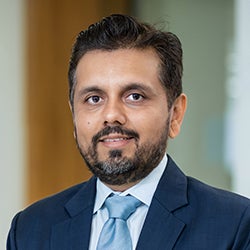A National Health Authority (NHA)-owned portal would facilitate the submission of proposals by external stakeholders, including physicians, the medical device industry and clinical societies. A clear template for proposal submissions should include detailed documentation about the proposed therapy, including clinical efficacy and cost-effectiveness, product safety, the effectiveness of the solution in comparison to prevailing therapies, a current estimate of utilization (depending on disease incidence/prevalence) and the status of coverage by other insurance schemes, both public and private.
The NHA should engage clinical societies and the Department of Health Research (DHR), leveraging their expertise on clinical and economic data where additional evidence or documentation is required. A feedback loop should be established to convey the need for additional evidential submissions, if the documentation provided by physicians or other stakeholders is insufficient or incomplete.
Subsequently, proposals with sufficient validated clinical and economic evidence can be raised back to the specialists and review committees for further discussion and approval. With review committees convening annually to review reimbursement lists, a deadline for submitting the proposals should be set at least six months prior.
Key points of discussion in the review process, including any points of conflict, should be released on public domains, ensuring stakeholder alignment.





